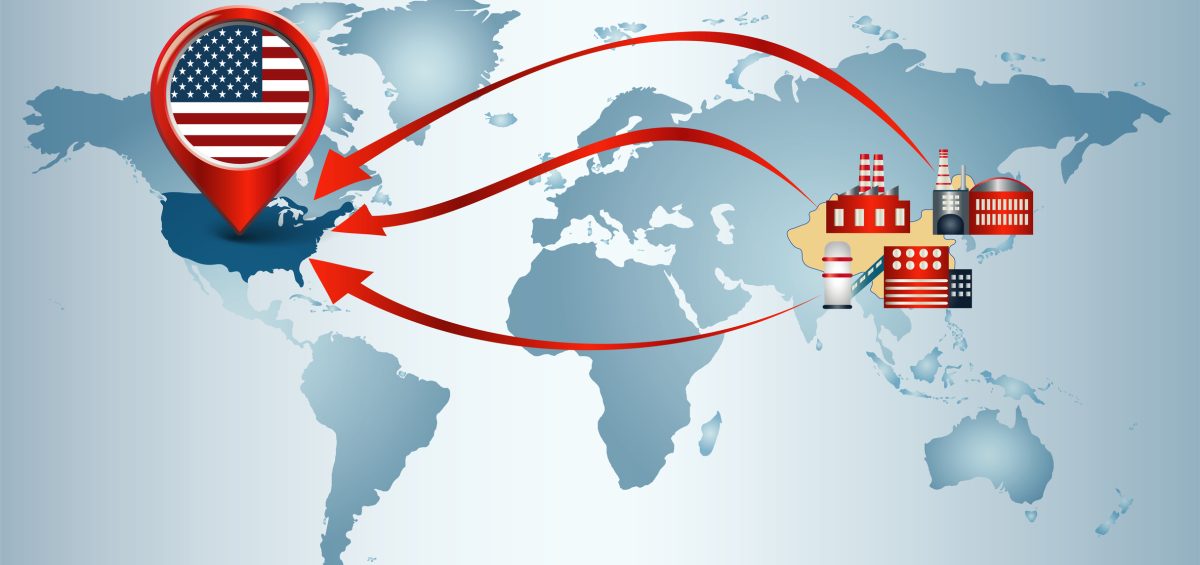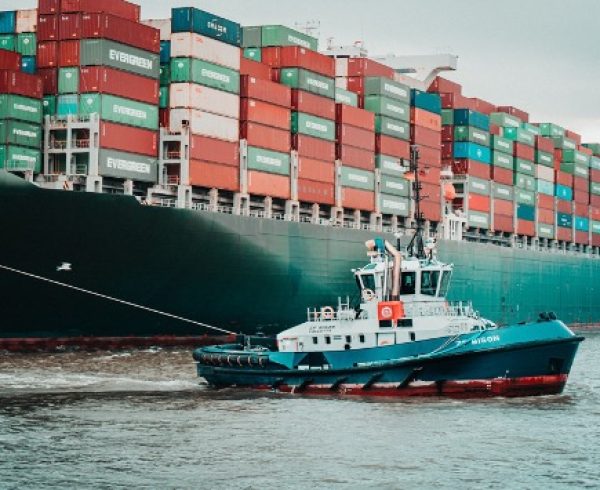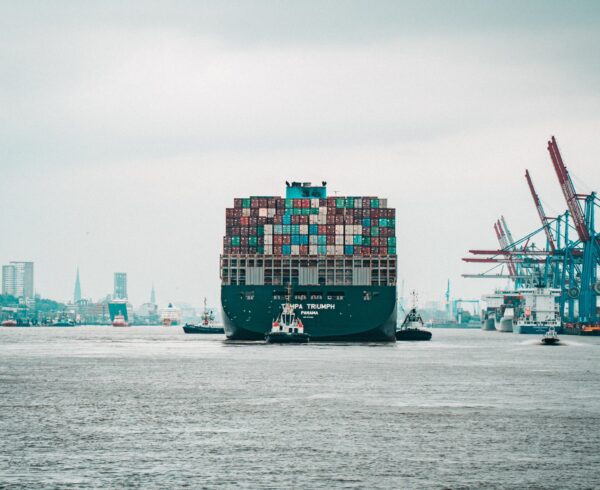The Lessons Are Clear: In a Post-Pandemic World, Businesses Will Need To Reduce Their Reliance On China
Quite apart from causing an unprecedented global humanitarian and economic crisis, the COVID-19 pandemic has revealed significant vulnerabilities in the interconnected and interdependent global value chain that drives economies around the world.
In a new white paper, authored for the management consulting firm, Mythos Group, I argue that businesses left reeling need to think now about how things should look, post-pandemic – and should tear up the old rulebook.
In the paper, I outline three key areas for consideration:
1. Reducing our over-reliance on China
2. Reshoring
3. Digital Transformation
The first of these is often misconstrued as some kind of nationalistic response to COVID-19. Far from it. It is a recommendation borne out of cold, hard facts, pure and simple.
Defining A Global Value Chain
First, it is important to understand what I mean by ‘global value chain’. Most people are familiar with supply chains, but global value chains (or GVC) are different.
- A supply chain is a link between businesses, resources, and processes that are part of the marketing or distribution of a product so that it gets to the end-user; a supply chain emphasizes the manufacturing and distribution-related steps.
- A value chain describes the full range of activities that firms engage in to bring a product from its conception to its end use and beyond. This includes design, production, marketing, distribution, and support to the final consumer. Value chain activities may produce goods and services within a single firm in a single geographical location, or be distributed across firms spread over wider areas within a specific region.
- A global value chain (GVC) is divided among multiple firms and dispersed across geographies. They take a holistic end-to-end perspective of activities, resources, assets, capabilities, relationships, technologies, and financial and operating data. This holistic thinking helps in identifying opportunities that emerge from challenging the status quo.
GVCs are a globalization enabler. Over the past three decades, GVCs have powered an economic revolution, helping poor countries grow faster and lifting many out of poverty. According to The World Bank’s World Development Report 2020, GVCs today account for almost 50% of global trade.
However, the COVID-19 pandemic has illuminated vulnerabilities in the idea of the GVC, which now faces three unprecedented challenges:
- Hampered availability of raw material, intermediate products, and final goods;
- Stalled production of essential goods resulting from factory closures, and labor shortages due to health concerns;
- Disruption in transportation raising concerns for organizations on the supply of essential raw materials and how they operate globally.
From national lockdowns to closed airspace and borders, COVID-19 has resulted in unprecedented disruption to the mechanics of most economies, regardless of their size or stage of development, placing a major strain on GVCs.
The China Problem
In this context, we start to see why an over-reliance on any single country within global value chains becomes a problem – and we are heavily reliant on China.
Since 1990, China has cleverly gained the maximum advantage from the process of production fragmentation, and attracted investments into manufacturing via GVCs, to the point that it is now the central manufacturing hub of many global business operations. So a slowdown in Chinese production has repercussions for many industries and national economies.
According to estimates published by United Nations Conference On Trade And Development (UNCTAD) on March 4, 2020, the slowdown of manufacturing in China due to the COVID-19 outbreak could result in a $50 billion decrease in exports across GVCs. Among the most affected economies are the European Union ($15.6 billion), United States ($5.8 billion), Japan ($5.2 billion), Republic of Korea ($3.8 billion), Taiwan Province of China ($2.6 billion), and Vietnam ($2.3 billion).
Post-COVID-19, Reimagining The Global Value Chain
As organizations move towards a post-COVID-19 ‘new normal’, they need to focus on building the resiliency of their global value chains – and one key action should be reducing their dependency on China (or any other single country) for the majority of their raw materials, manufacturing, and finished goods.
By balancing sourcing and manufacturing across multiple partners from the GVC network (such as Brazil, India, Philippines, Singapore, to name a few), and incorporating adequate redundancies, businesses will be better equipped to mitigate risks and uncertainties, and face future pandemics or global economic crises.
Mythos Group’s white paper, Post-COVID-19, Reimagining The Global Value Chain, contains more detail on this and other recommendations, and is available to download for free from https://bit.ly/MG-Whitepapers.







